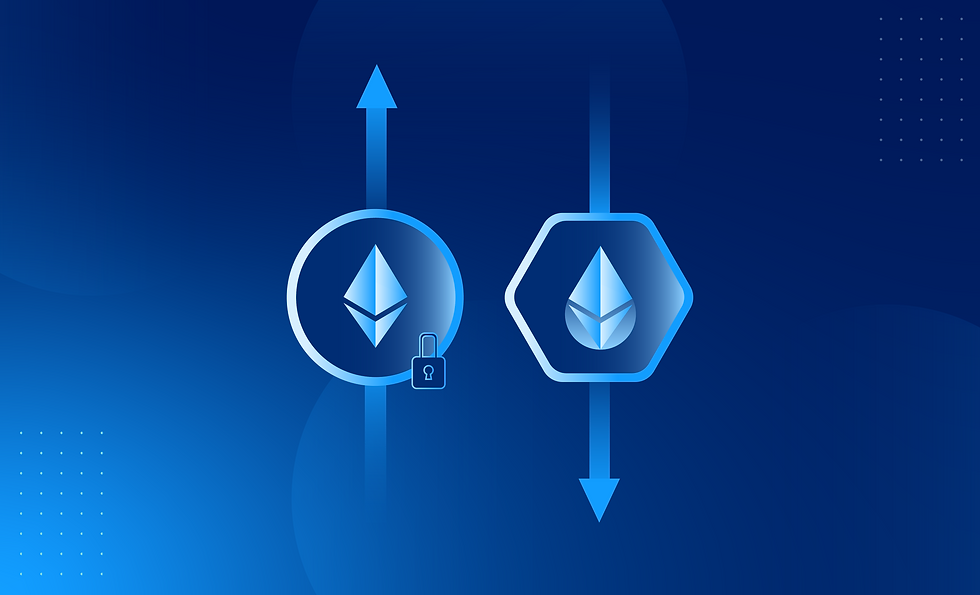DeFi Lending Explained: How It Works and What Can Go Wrong
- Bitcoinsguide.org

- Jun 11
- 2 min read
1. What Is DeFi Lending?
DeFi (Decentralized Finance) lending allows users to lend or borrow crypto without intermediaries like banks.
Smart contracts handle the process, making it faster, more transparent, and accessible to anyone with a wallet.
Lenders earn interest by supplying assets to a liquidity pool. Borrowers provide collateral (usually over 100% of the loan amount) to take out a loan in another asset.

2. How It Works Step by Step
Lender deposits assets (e.g., ETH, USDC) into a DeFi platform like Aave or Compound.
These assets go into a smart contract-powered pool.
Borrowers deposit collateral, often in a different asset (e.g., WBTC), and take a loan against it.
Interest rates are algorithmically adjusted based on supply and demand.
Lenders earn passive income, while borrowers get liquidity without selling their assets.
3. Benefits of DeFi Lending
No middlemen: Loans are automated and trustless.
Global access: Anyone with a wallet can participate.
Passive income: Lenders earn yield from borrowers.
Asset retention: Borrowers can get liquidity without selling holdings.
Transparency: All transactions are recorded on-chain.
4. Risks and What Can Go Wrong
While DeFi lending offers opportunity, it comes with risks:
Smart Contract Bugs
If there’s a flaw in the smart contract code, funds can be lost or exploited. Even audited projects are not immune.
Liquidation Risk
Borrowers risk losing their collateral if its value drops too much. If the loan-to-value (LTV) ratio exceeds the limit, the protocol liquidates the position.
Interest Rate Volatility
Rates can spike during market stress, making borrowing more expensive or reducing lender yields.
Protocol Risk
If the DeFi platform is poorly managed, attacked, or governed by bad proposals, users can lose funds.
Oracle Manipulation
If the price feed (oracle) is attacked or manipulated, it can trigger false liquidations or misprice assets.
5. How to Stay Safe
Use reputable platforms like Aave, Compound, or MakerDAO.
Check audits and community trust before using any protocol.
Diversify across platforms to reduce exposure.
Monitor your collateral if you're borrowing — don’t get liquidated.
Use stablecoins if you want to reduce volatility risk.

Make Money by participating in DeFi Lending
Final Thoughts
DeFi lending opens up a new world of decentralized finance — with high yields and open access.
But the risks are real, and users must understand the mechanisms behind borrowing and lending on-chain.
With proper caution, tools, and research, DeFi lending can be a powerful part of your crypto strategy.



Comments